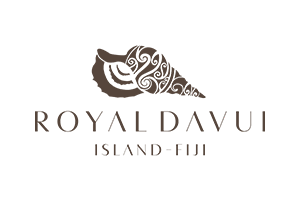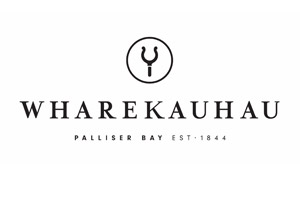Lord Howe Island
Lord Howe Island was inscribed on the World Heritage list in 1982 for its rare collection of plants, birds, marine life and exceptional natural beauty. It is one of a handful of places in the world, and one of just four island groups, to be awarded a World Heritage listing. The Island is 11 kms long and barely 2 kms at its widest point. Two-thirds of the island is covered in natural forests, Banyan trees and Kentia palms. The waters are crystal clear, the beaches are pristine, there is no pollution, birds and marine life abound. The pristine waters surrounding world-heritage Lord Howe Island are home to 500 species of fish and 90 species of coral. Its sparkling lagoon is protected by the world’s southern-most coral reef creating a spectacular line of white surf against a blue backdrop of the South Pacific ocean.
A place of extraordinary contrasts, with rugged volcanic peaks, lush forests and serene lagoons, Lord Howe Island is encircled by the southern-most coral reef in the world. A mere 280 people are lucky enough to call the Island home and to preserve Lord Howe’s unique and precious natural environment, visitor numbers are restricted, by law, to 400 at any one time. Lord Howe Island and its surrounding islets are the eroded remnants of a large shield volcano that erupted from the ocean floor some 7 million years ago. One of the Island’s icons, the majestic Ball’s Pyramid – the largest monolithic sea rock in the world – is part of the same undersea ridge called the Lord Howe Rise. At its southern end, is Lord Howe Island’s signature twin peaks the astonishing Mt Lidgbird and Mt Gower that rise 875 metres high. It’s easy to understand why Lord Howe is World Heritage-listed when you fly into the island. Its natural beauty takes your breath away – crags and coves carve out private beaches in this south pacific paradise where you won’t see another soul all day. It’s a place of extraordinary contrasts. Volcanic peaks and deep rainforests. Smooth, rolling surf and tranquil lagoons. Exotic diving birds and breathtaking diving sites. Scenic bush trails and secluded fishing coves. It Truly is The World’s last paradise.
Accommodation
Activities
Scenic Highlights
Mt Lidgbird
The smaller of Lord Howe’s two imposing volcanic peaks, Mount Lidgbird is named after the naval officer who first sighted Lord Howe Island in 1788. Captain Henry Lidgbird Ball was on his way to Norfolk Island in the ship HMS Supply when he spotted Lord Howe. The trek to the 777-metre summit is arduous, but not as tough as the climb to Mount Gower. Half way up the mountain is Goat House Cave, which was once used as a shelter for 19th century Kentia palm gatherers. Nowadays, you’re likely to see the nest of the loveable masked White Boobies, while scores of red-tailed tropic-birds perform their aerial acrobatics near the summit.
Lord Howe Island Ocean Surrounds
The pristine waters surrounding world-heritage Lord Howe Island are home to 500 species of fish and 90 species of coral. It is the southern-most coral reef in the world. Its sparkling lagoon is protected by the world’s southern-most coral reef creating a spectacular line of white surf against a blue backdrop of the South Pacific ocean. A State Marine Park was declared in 1998 and a Commonwealth Marine Park in 1999.
Any other questions?
Please get in touch here
Activities
- Snorkel and dive on the most southern coral reef in the World.
- Take a ride on the glass bottom boat
- Experience hand feeding fish that congregate in the shallow waters
- Catch a break or two while you are surfing
- Go Deep Sea fishing
- Take in the beautiful scenery on a boat trip
- Bird watching is a great activity to do on the island
- Visit the Lord Howe Island museum and visitor centre for more information on this unique Island.
- Play 9 holes on the most picturesque course in Australia
- Spend a day walking to the summit of Mr Gower rated as one of Australia’s best day walks
- Undertake a journey of discovery with world renown naturalist Ian Hutton
- See Lord Howe Island by foot on a guided or independent bushwalk or trek
- Observe the feeding of incredibly huge kingfish at renowned Ned’s Beach.
- Enjoy the beautiful sea life while you paddle along the water in a canoe or kayak
- Visit a range of arts and crafts galleries stocking the local artists’ works.
- Book yourself a scenic flight over and around this Pacific island jewel.
- Explore the famous RAAF Catalina crash site. View artifacts and memorial.















